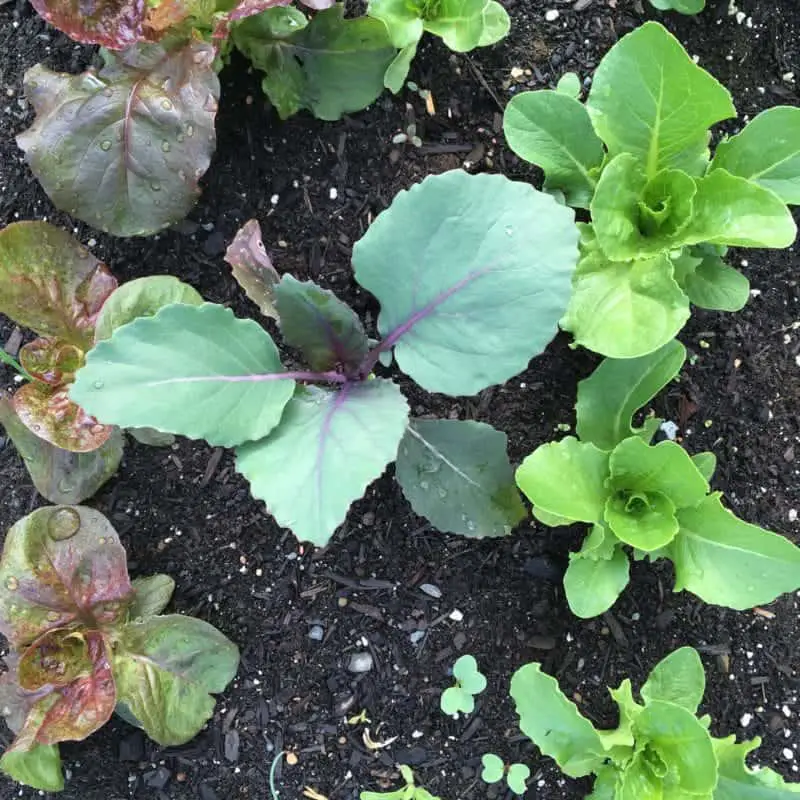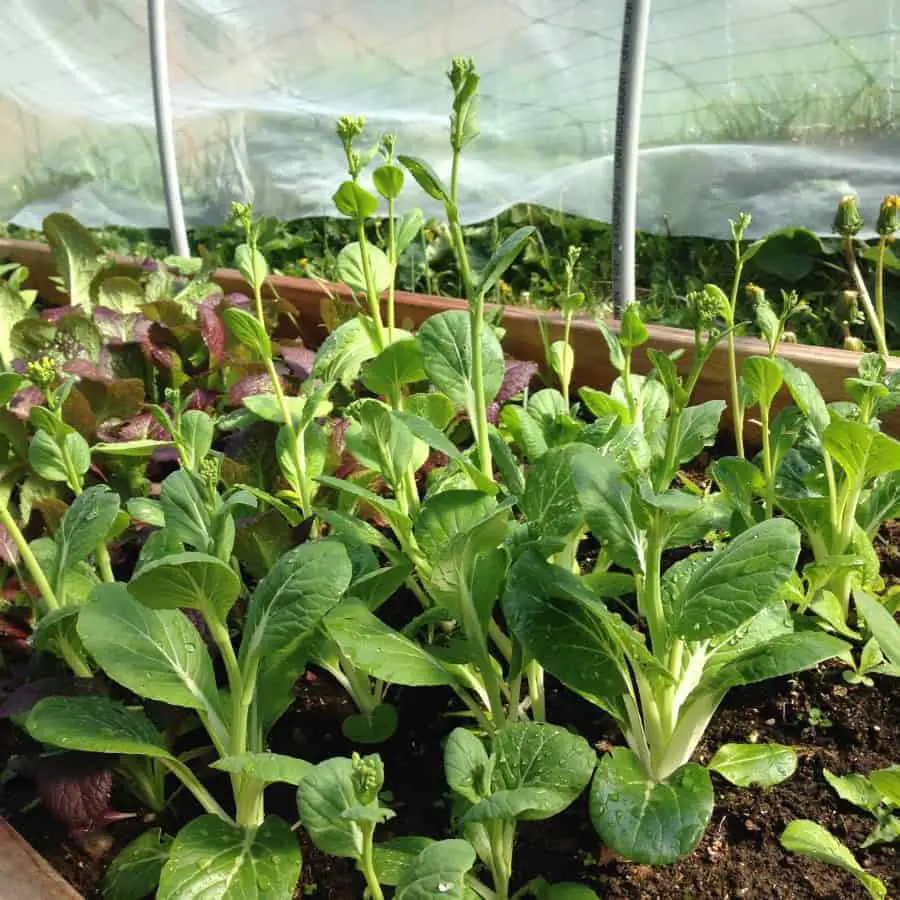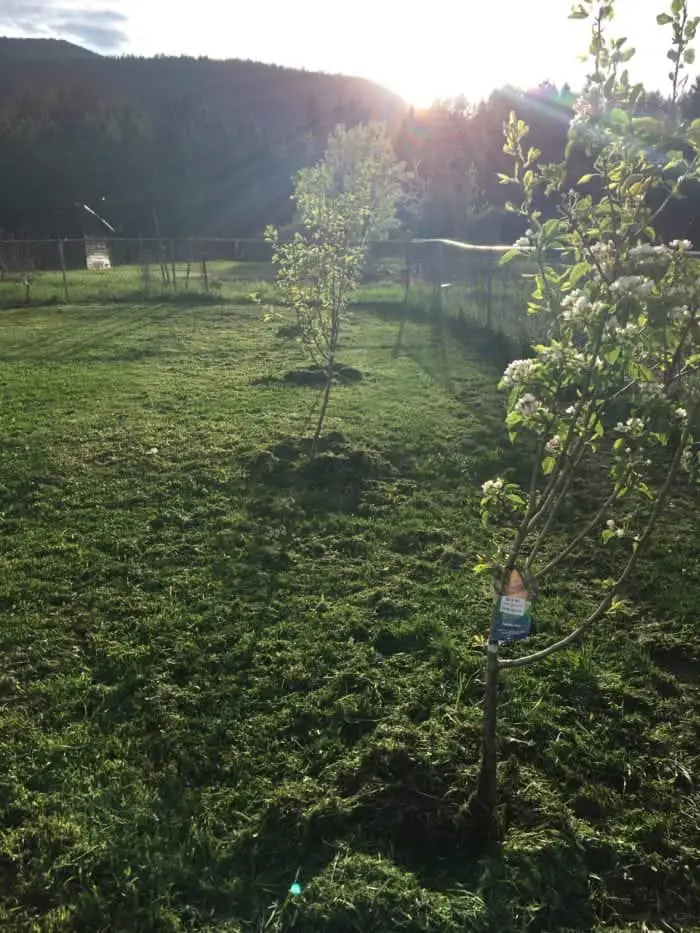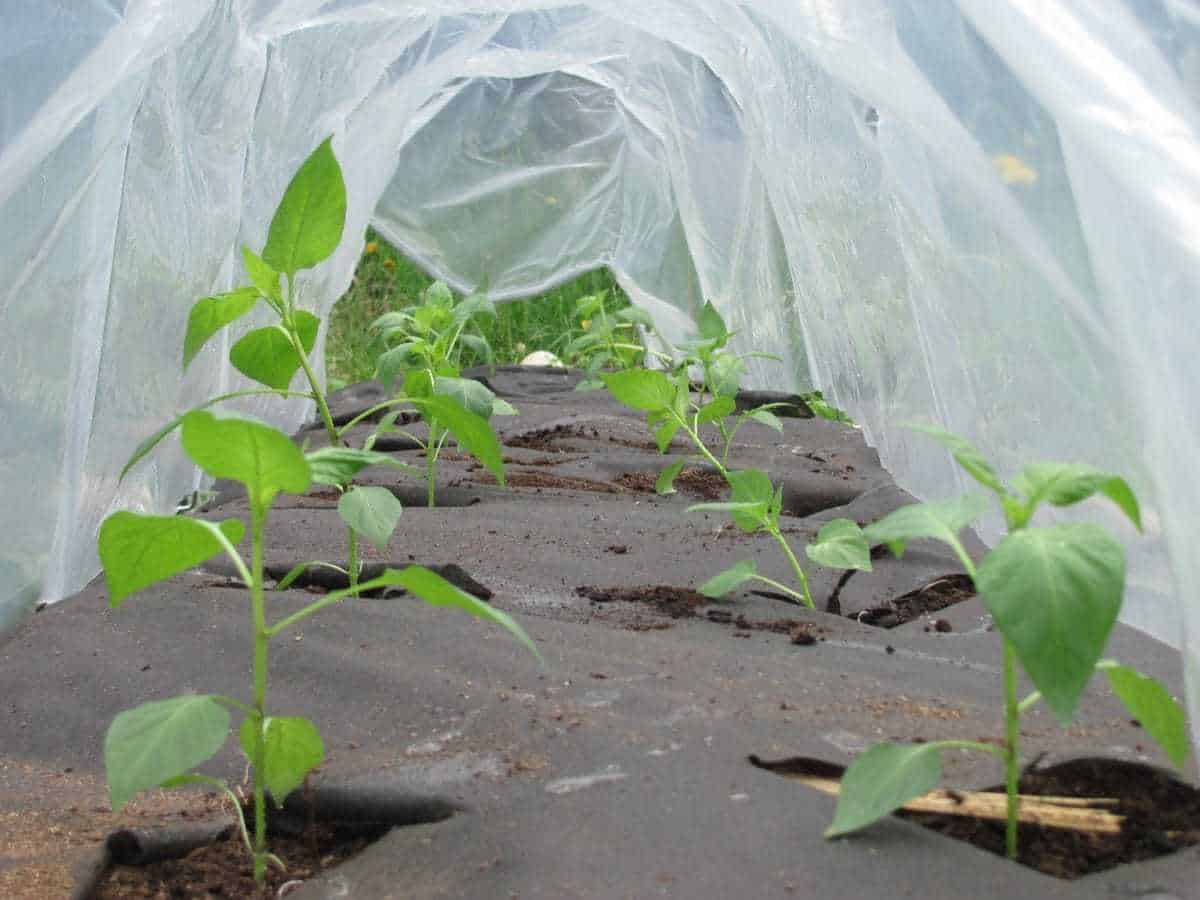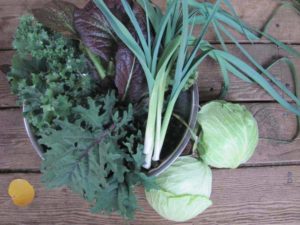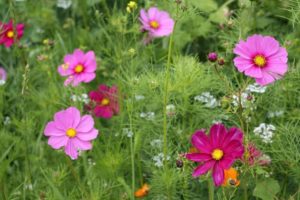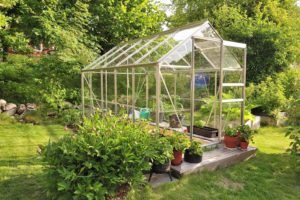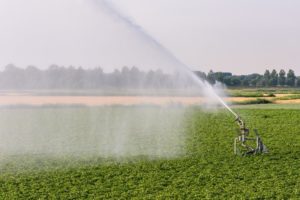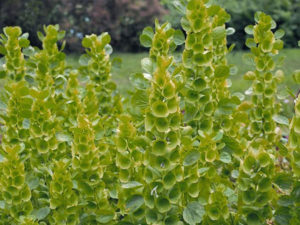This post will guide you on what you should plant in your summer garden, and how to deal with summer garden challenges like the heat.
In general, people plant their summer gardens in May or June. Summer garden warm-season crops and fruits cannot tolerate frosts.
That means that if you still get frosts in March, you need to wait. Still getting frosts in May? Wait until that time has passed. You can estimate your last frost dates too, I always do, but not by more than a week for warm-season crops.
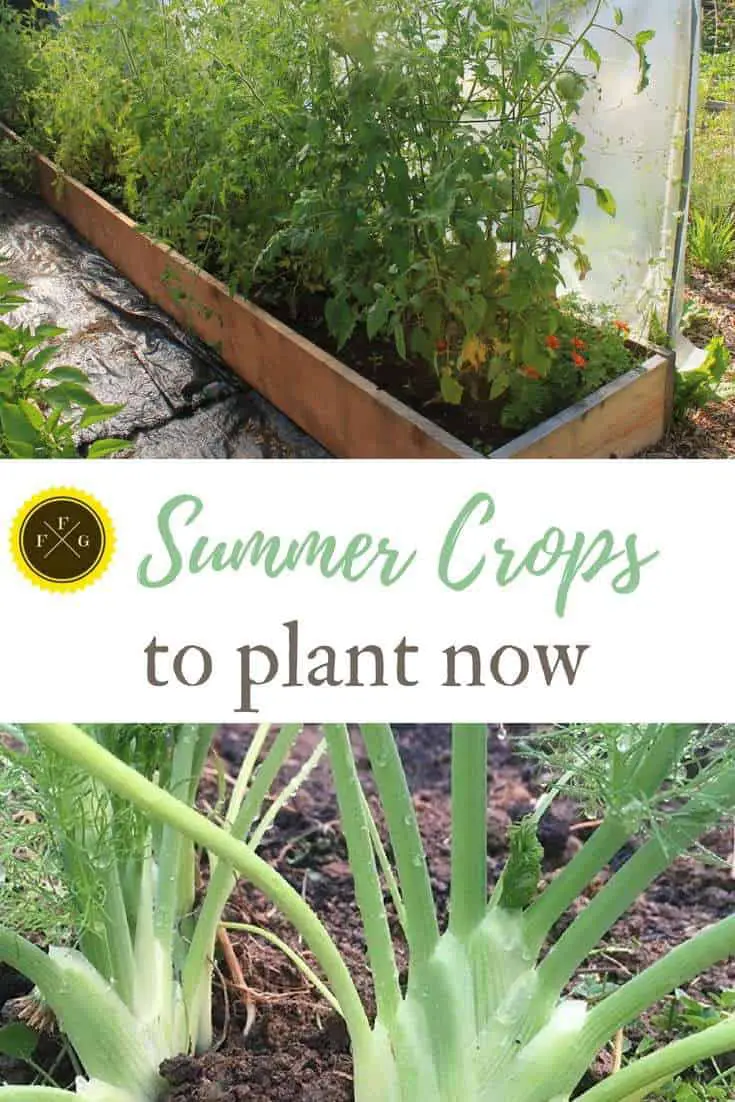
Summer Garden Plants
The summer garden is a wonderful place. I highly recommend you grow what your family or household eats the most of so you get the freshest and healthiest backyard harvests.
Summer veggies can be either directly sown, or you can grow or buy seedlings.
There are benefits to growing your own seedlings, especially plants that need to ripen before the fall frosts. Transplant warm season seedlings after your last spring frost.
Summer garden plants that you should grow or buy as a seedling:
- tomatoes
- peppers
- melons
- watermelons
- icebox watermelons
- tomatillo
- eggplant
- cucumbers
- summer and zucchini
- pumpkins and fall squash
- fennel
- cauliflower
- broccoli
- onions
- leeks
- celery

Summer Garden Plants you can Directly Sow or Grow as Seedlings
These plants you can directly sow into your garden, or you can start them indoors too for a head start. Look at your seed packet dates and make sure they have enough time to ripen before the frosts.
- kale
- head lettuce
- corn
- swiss chard
- kohl rabi
- zucchini
- cucumbers
- Many flowers
- Sunflowers
Crops to Directly Seed into your Summer Garden
These crops you can directly sow into your summer garden, but some of them are cool season crops and might struggle with the summer heat. I’ll share with you some tips to help cool season crops during the summer.
Crops like bok choi, mustard greens, radishes, certain lettuces and salad greens benefit from being grown in the fall instead of the summer months because they get too stressed out. In my 52 weeks of greens I discuss growing the right greens for the summer months. Be careful as there is a good chance of your plants bolting.
Direct Sow Crops for your Summer Garden
- corn
- pole beans
- bush beans
- peas
- lettuce
- greens
- swiss chard
- Malabar spinach
- New Zealand spinach
- green onions

Summer Fruit Bushes and Trees to Plant
Late spring and summer after the risk of frosts are done is a great time to plant fruit trees and bushes. Make sure you water them well the first summer as they need to establish a good root system.
You should also make sure you add good compost at the base of them when planting in your garden so they have a good nutrient supply.
We planted grapvines up our elk fenceline, as well as blackberries and fruit trees into our permaculture food forest.
How often to Water Vegetable Garden in Summer
- Summer garden vegetables should be watered approximately three times a week.
- A general rule is that summer garden plants need one inch of water per week, so check this regularly.
- If the soil is dry one inch below the surface, you need to water your plants.
- Watering is very important for your summer crops. Water in the morning, not the heat of the day where most of the water get evaporated.
- If your location has water restrictions from drought, mulch your garden beds to reduce evaporation and to keep in soil moisture.
Summer Gardening Tips
- The best time to harvest crops is before the heat of the day or late evening once things have cooled down. Your veggie will just go limp otherwise.
- Create shade for cool season veggies by growing underneath taller plants such as tomatoes or pole beans.
- Grow cool season veggies in partial shade or in a hoop tunnel with row cover to block out some of the sun.
- Plant your fall garden in the summer months.
- If your location is cool, increase heat for warm season crops by transplanting them under mini hoop tunnels or creating a polytunnel. This is highly beneficial for plants like peppers because sometimes spring or summer weather can be erratic with strong rains or winds.
What is your summer garden challenge?

